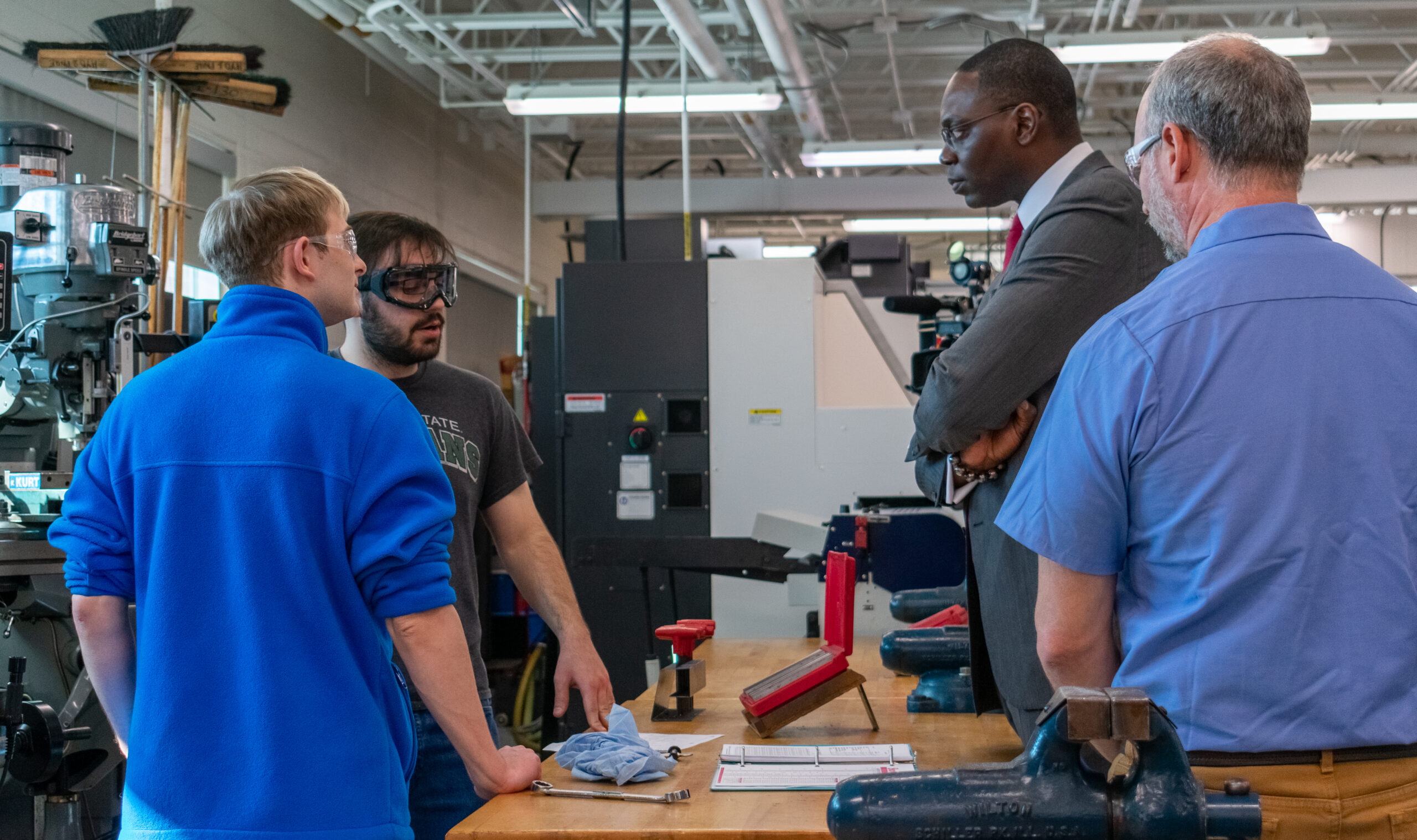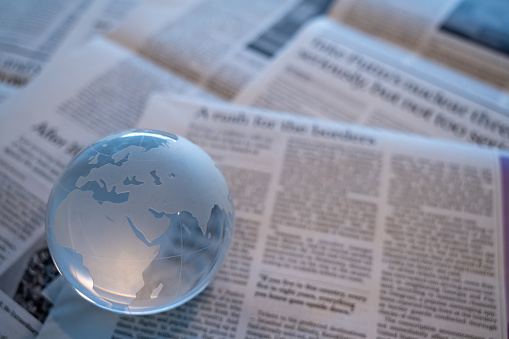By: Rin Lamy, Delta College Student Submission
We have all seen it before on Facebook, someone we trust shares an article from a website we have never heard of, or a meme with outlandish claims that make us think for a second that the world is coming to an end. The more advanced that technology gets, the harder it becomes to tell real things from fake ones, especially when it comes to the news.
In addition to it becoming increasingly hard to tell when news is fake, it is also becoming hard to see through the biases that news is presented with from news sources. These are some reasons why navigating the 2024 Presidential Election has been so hard. Let us look at a few ways to inspect journalistic biases and guard against misinformation.
Reverse Image Search
Have you ever seen a featured image of an article and swore to yourself that you have seen it somewhere before? Well, you probably have. It is no secret that those who need pictures for things often use stock images to represent the idea that they are trying to share. Using stock images can be as harmless as using a somewhat current picture of a president, or a great looking sunset for an outdoors article. Sometimes though, the stock image picked is meant to be sensational and not factual, yet we use that image to color our opinion of the information with which we are presented. If you find yourself amazed that something happened how it did based on a picture, it may be best to do a reverse image search on that image.

There are a number of different websites that are dedicated to looking up information on reverse images. One of the most popular ones is TinEye reverse image search where you can either upload or put in the URL to the image you want to look up. I uploaded a stock photo that I used in this article; after sorting the results to the oldest instead of the “best match” (see Fig. 2) I can see that the earliest appearance of this picture was December of 2019 (See Fig. 1).


Of course, this kind of use of a stock image is innocuous. The article was about Kamala Harris, and there was a picture of her used. The picture did not imply something false. When stock pictures are used for misinformation, the pictures imply something false. An example of this would be a picture of a wildfire from years ago in a different state being used for a story about a small campfire that was out of control. Or in this very real example of a picture of a celebration being taken way out of context.
In addition to TinEye, Google Lens also allows users to take a picture of something or upload a picture to search right on their phones. I find TinEye easier to use because it gives so much more detail, but Google Lens is great on the go (see Fig. 3).
Regardless of which program you use, keep in mind that the picture that makes you so enraged about a subject may be for something entirely different, edited or just AI generated. Before spreading an enraging news story, take a minute to look at the sources of where the pictures came from, where the article came from and who might benefit from this information being true.
Media Biases In the Presidential Election
Journalists are supposed to report the news in an unbiased way, but it is also nearly impossible to stay interesting and be unbiased. So, in an era where your relevance is only determined by how interesting your content is, here we are in 2024 with a presidential campaign so scintillating it needs its own tabloid. In a nutshell, if you want to read the most unbiased news you should read the most boring one. For a better visual and more information on a topic, a great place to peruse is Allsides.com which collects articles on a topic from right, left and center news sources.
The way that an article is written and facts are presented determines the message that is communicated with the article. Everything is communicated in a certain way for a reason. If an article wants to paint someone in a bad light, they can pick some facts over others to talk about, misconstrue circumstances to make them look bad, and slip their opinion into the article to signal to readers how they should also feel about a subject. To keep ourselves away from being a pawn in a smear campaign, it is always best to read the same story from different sources.
In Conclusion
While we are wading our way through the end of this election season, we should be extra careful to evaluate our sources. Both sides are doing everything they can to win, and even if one side may act more ruthless than the other, neither of them are telling the entire truth. Try to use reverse image searches and read more than one news article from reputable sources before sharing or getting angry at the news. We can make the world a better place, one less overreaction at a time.



